Article: The Ultimate Flower & Plant Care Guide
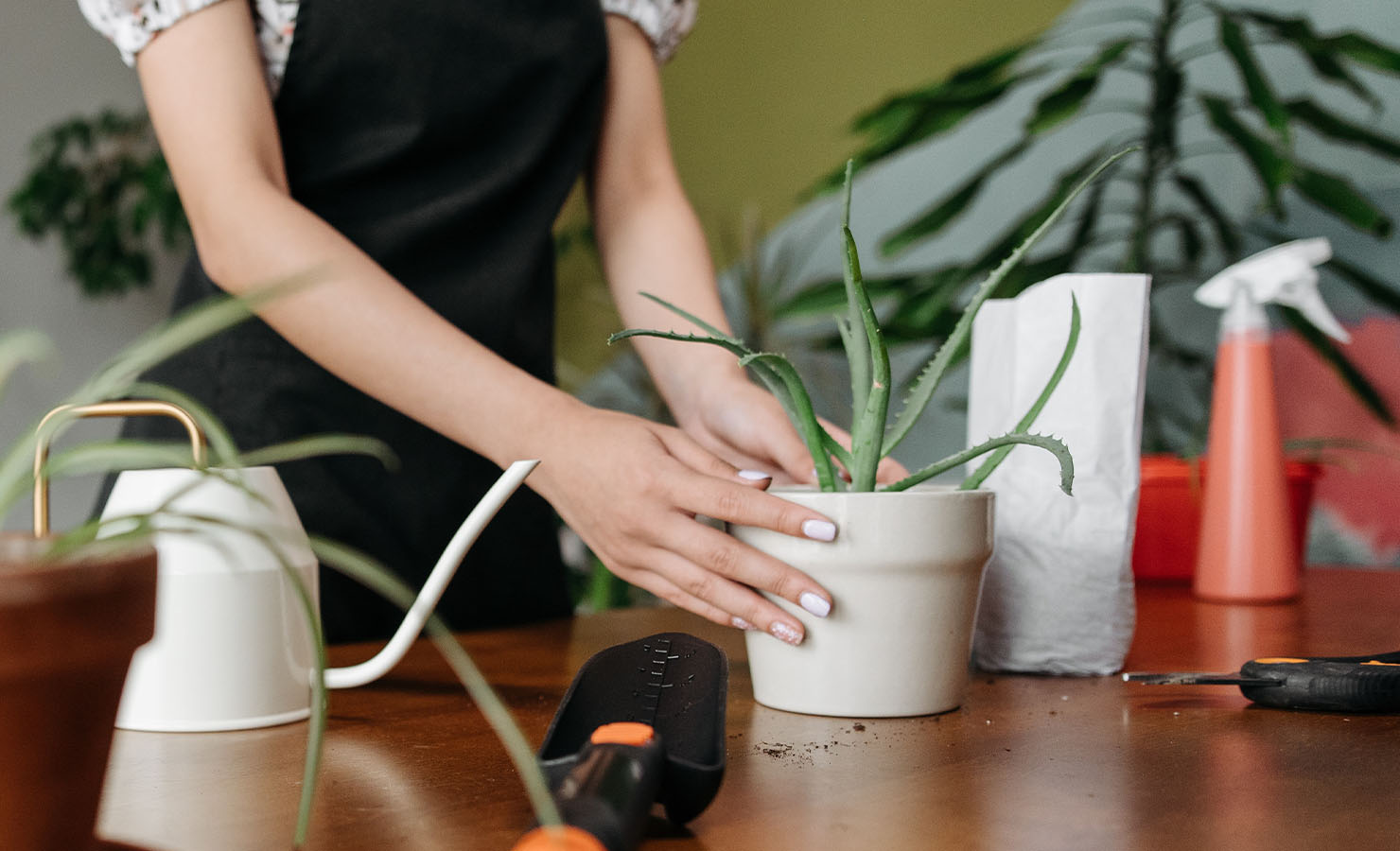
The Ultimate Flower & Plant Care Guide
Caring for your plants and flowers is an essential part of maintaining a beautiful and thriving indoor or outdoor garden. With the right care, even the most delicate of plants can flourish in your space. In this comprehensive flower and plant care guide, we'll provide general tips and tricks for taking care of various types of greenery and blossoms, so they can continue to bring joy and freshness into your life. Whether you're a beginner or an experienced gardener, this guide has something for everyone.
Best Plants for Indoors

Indoor plants can have a significant impact on your overall well-being and home atmosphere. Some popular indoor plants include:
- ZZ Plant (Zamioculcas zamiifolia)
- Spider Plant (Chlorophytum comosum)
- Money Plant (Pothos)
- Bromeliad (Bromeliaceae)
- Poinsettia (Euphorbia pulcherrima)
- Begonia (Begonia spp.)
When choosing the best plants for your indoor space, consider factors like light, humidity, and temperature requirements, as well as the size and growth patterns of the plant. Also, consider the air-purifying properties of the plant, as some can help improve the air quality in your home.
General Plant Care Tips

-
Choose the right spot: Picking the perfect location for your indoor plants is key. Most plants love a sunny spot with bright, indirect light. However, some plants like the ZZ plant or snake plant can thrive in low light conditions too. So, do a little research on your new green buddy and find them a cozy place to call home!
-
Humidity matters: Some plants, like the fabulous orchid or the tropical bromeliad, adore high humidity. You can increase humidity around your plants by placing a tray of water nearby, misting them, or even running a humidifier.

-
Water wisely: It's easy to go overboard with watering, but remember, too much H2O can be a bad thing! Overwatering is a common cause of plant demise. Stick your finger about an inch into the soil; if it's dry, it's time for a drink. Watering needs may vary depending on the plant, so it's best to learn about your specific plant's preferences.

-
Gourmet greens: Just like us, plants need food too! Use a well-balanced fertilizer to keep your plants nourished and happy. Make sure to follow the recommended application rates and frequencies for your specific plant type.
-
Give them a haircut: Pruning and trimming your plants not only keeps them looking tidy but also encourages healthy growth. Snip off any dead or yellowing leaves, and don't be afraid to give them a little shape!
Flower Care

How to Take Care of Roses, Orchids, and Other Popular Flowers
Proper flower care can prolong the life and beauty of your blooms. Here are some general tips for taking care of popular flowers like roses and orchids:
-
Light it up: Flowers adore sunlight, but different blooms have different sun-worshipping preferences. Make sure to provide the right amount of light for your flowers, whether they enjoy direct sun, partial shade, or full shade.

-
Quench their thirst: Just like plants, flowers need the right amount of water to stay happy and healthy. Be mindful of your flowers' specific watering needs and adjust as necessary. For instance, succulents require less water than thirsty roses.
-
Temperature control: Keep your blooms cozy by providing a temperature that is suitable for the specific flowers you're growing. Roses generally prefer temperatures between 18°C and 24°C, while orchids thrive in temperatures ranging from 16°C to 29°C, depending on the variety.

-
Fertilizing fun: Provide your flowers with the proper nutrients by using a fertilizer specifically designed for them. For roses, use a balanced rose fertilizer, while orchids benefit from a specialized orchid fertilizer. Follow the recommended application rates and frequencies.
-
Pruning party: Regularly deadhead spent blooms to encourage more flowering. For roses, prune regularly to remove dead, damaged, or diseased branches and promote healthy growth. Orchids typically require minimal pruning; simply remove spent flower spikes after blooming.
-
Pest and Disease Patrol: Keep an eye out for common pests like aphids, spider mites, and thrips, as well as diseases such as powdery mildew and blackspot. Use organic or chemical control methods as needed, and always follow label instructions.
-
Support Squad: Some flowers, like tall-stemmed roses and certain orchid varieties, may require staking or support to keep them upright and healthy.

Proper flower and plant care is essential for maintaining a thriving indoor or outdoor garden. By following the general tips provided in this guide and researching the specific care requirements for your plants and flowers, you can create a beautiful, healthy environment for your greenery and blooms to flourish. Happy gardening, and may your
Make someone's day
Send the perfect gift
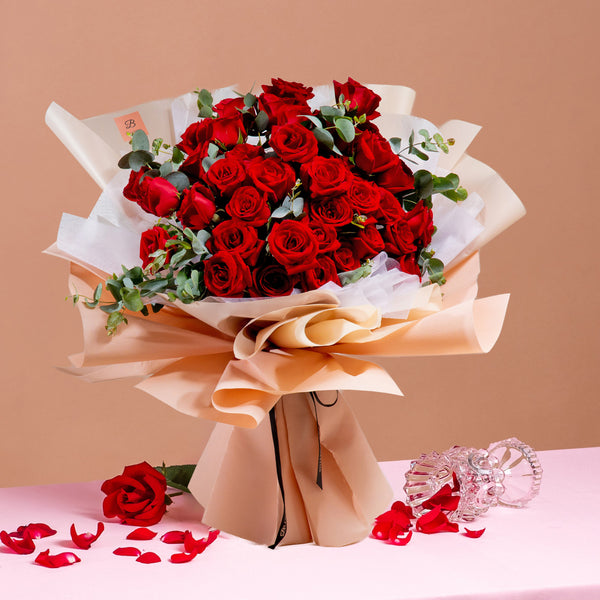

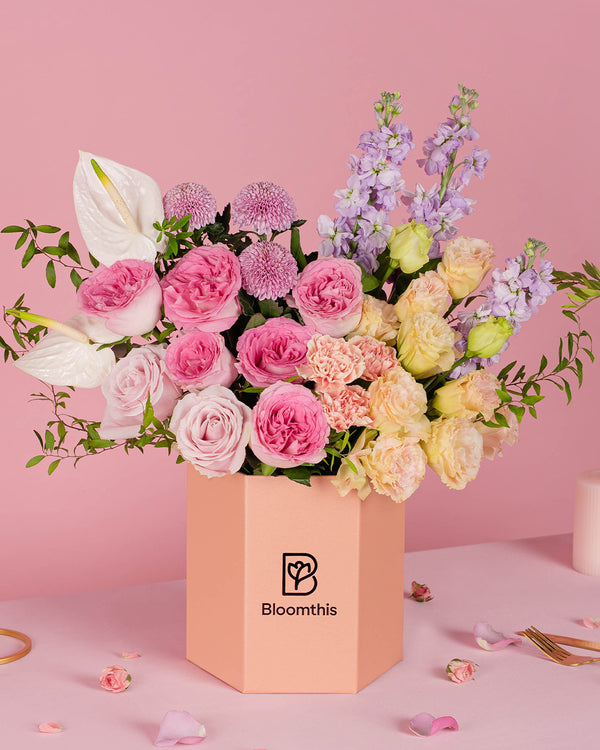
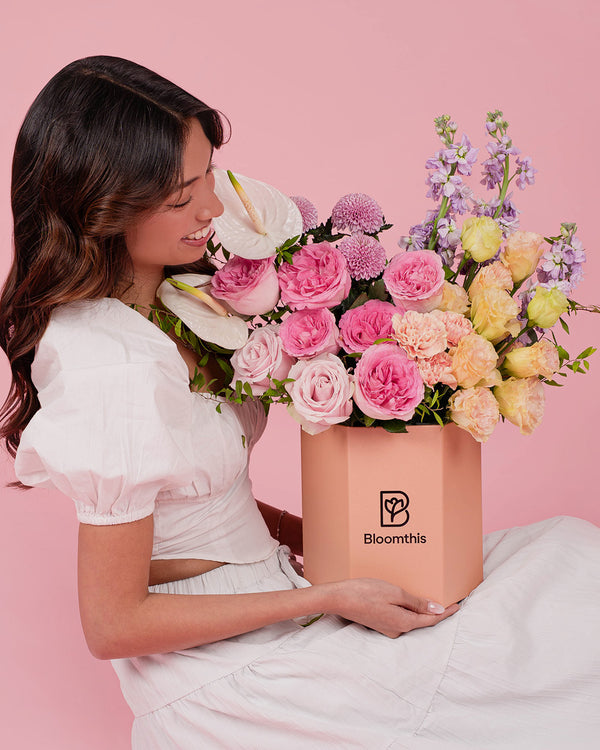
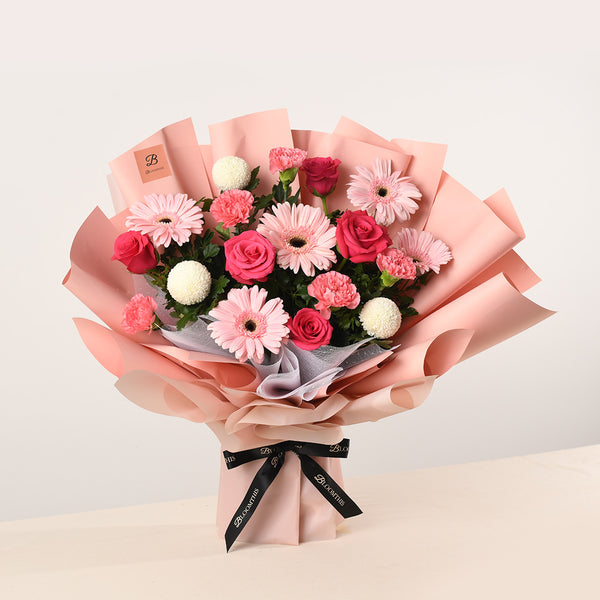

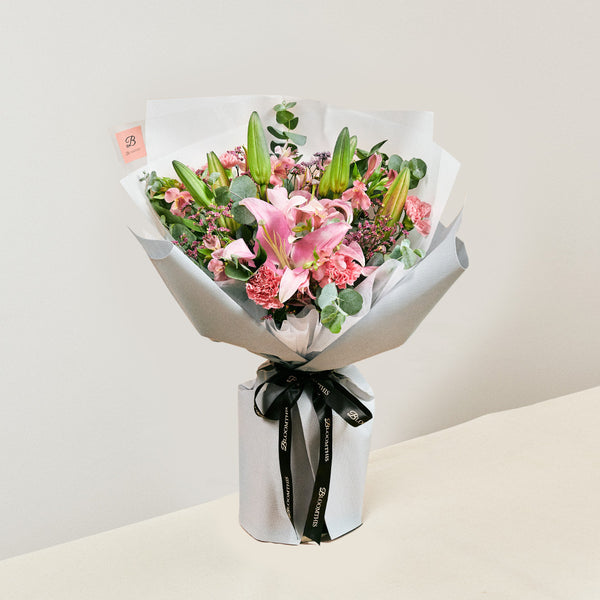
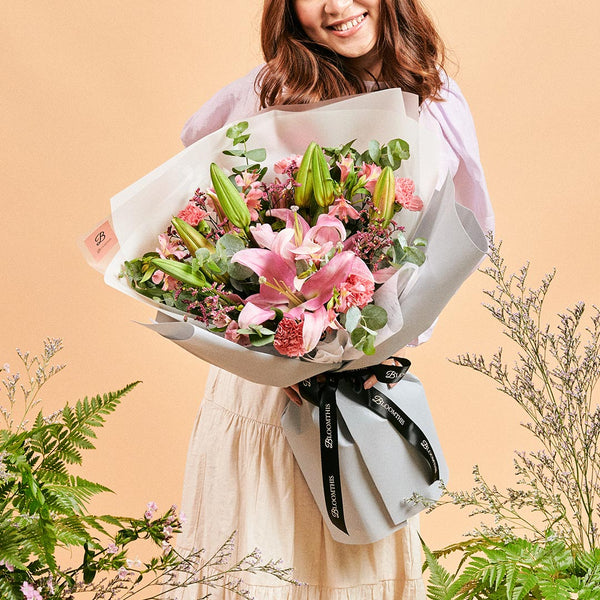
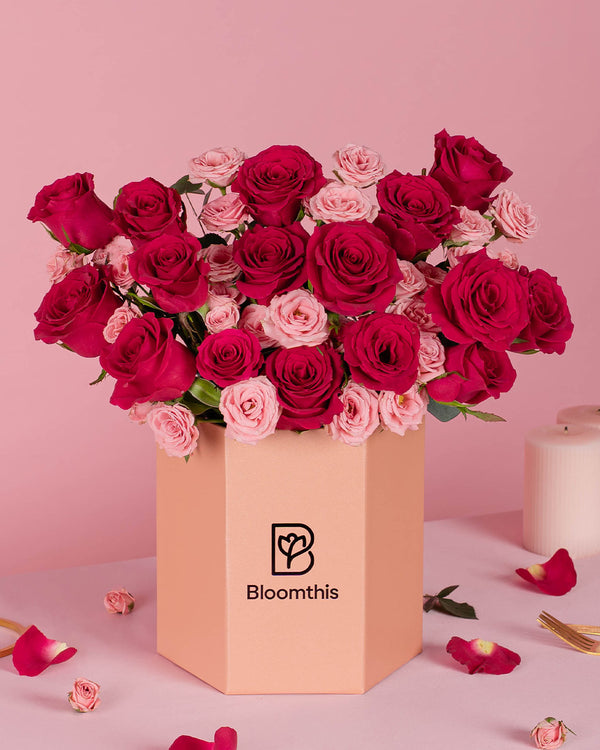

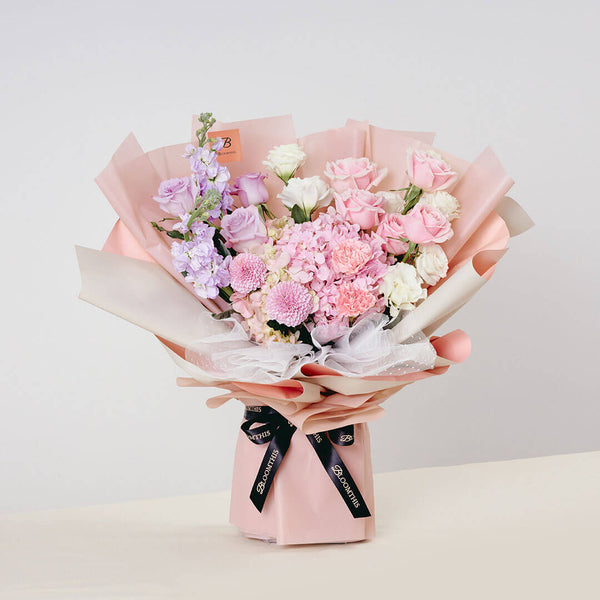



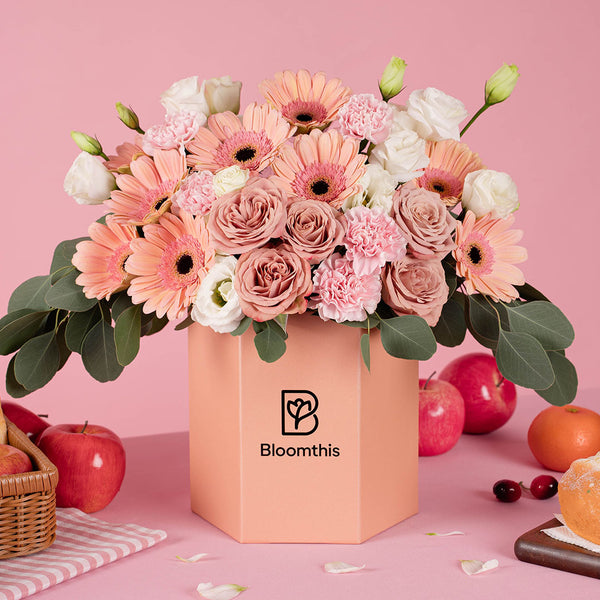
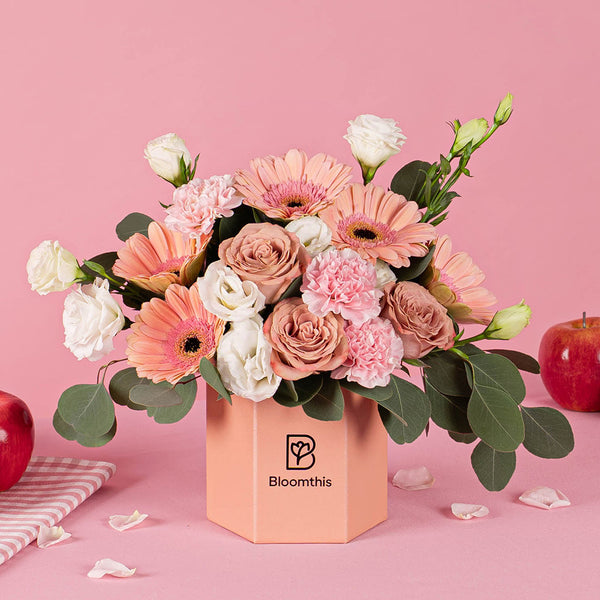


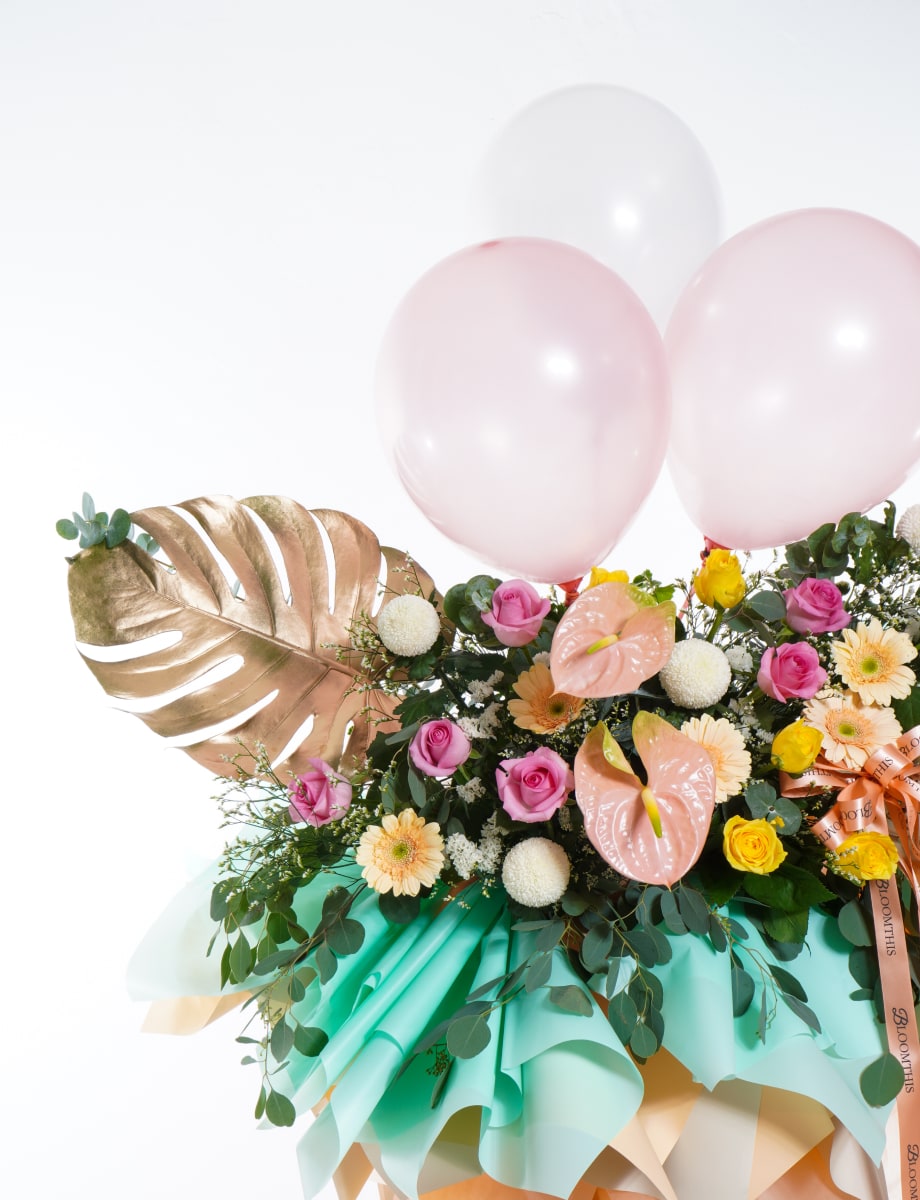

Leave a comment
This site is protected by hCaptcha and the hCaptcha Privacy Policy and Terms of Service apply.